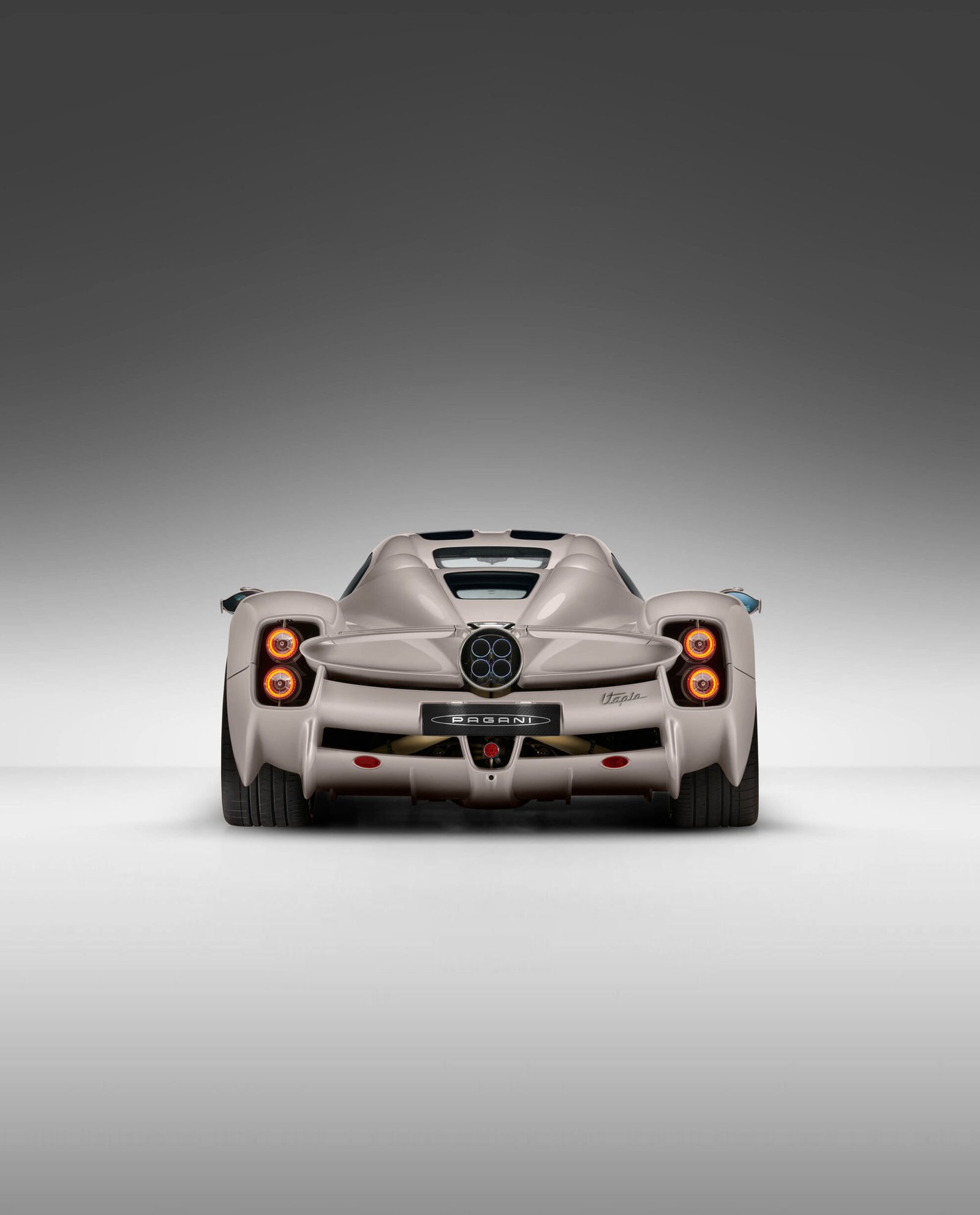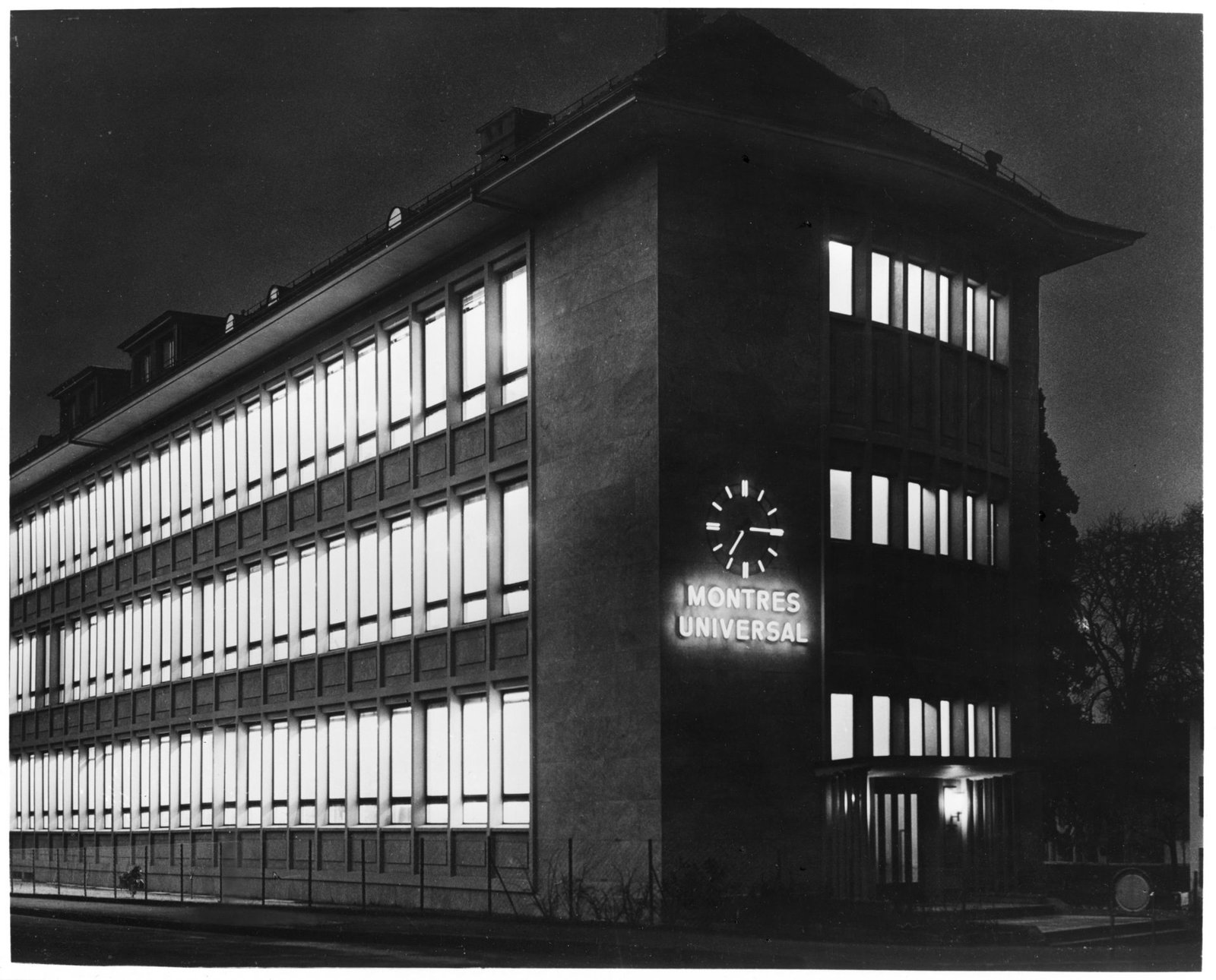Horacio Pagani on Constructing Utopia: The Futuristic Hypercar

In Hong Kong to introduce his company’s latest hypercar, the Pagani Utopia, Horacio Pagani talks to Prestige about his quest for automotive perfection.

Last November, the Japanese company Toyota revealed that in the 88 years since its founding, it’s produced 300 million cars. To put all that steel, rubber and other materials in perspective, compare those numbers with the total output of Ferrari, which in 2023 celebrated 76 years in business: making a relatively informed guess, I’d say that since its inception the Italian sportswear company has built around 250,000 vehicles, which is probably only a little more than Toyota currently churns out in 10 days from its 30-odd plants around the world. But what about the tiny hypercar maker Pagani, the price of whose spectacular, bespoke and ultra-exclusive automobiles probably eclipses those of most (though not all) Ferraris by at least 10 times? I’d be surprised if it’s created more than 500 machines in its entire history, or that the rate of production ever gets more frantic than the single car that rolls out each week from its small factory on the outskirts of Modena.
To say that the car company founded by the Argentine-Italian designer Horacio Pagani does things differently from everyone else is understatement in the extreme. It’s a family business, literally and metaphorically: Pagani’s two sons, Christopher and Leonardo (the latter named for Da Vinci, of which more later) both work at the company, the interior of whose headquarters more resembles an Italian village piazza than a typical automobile production line – and as fewer than 200 people work there, the boss probably knows most of them by name. And then there’s the stunning level of craftsmanship visible everywhere on each car, from the racing-style aerospace-alloy double-wishbone suspension, the polished manual gearshift mechanism and the fabulous cabin of gleaming leather and furniture fashioned from aluminium blocks, to the old-school straps used to retain the carbon-fibre clamshell body panels.
Late in 2022, Pagani unveiled its third model in almost half a century. Called the Utopia, it succeeds both the Zonda, which first saw the light of day in 1999 and eventually ceased production after almost 20 years, around 140 units and countless variants, and the Huayra, introduced in 2011 and still being built today in limited numbers. A sleek mid-engine hypercar based around a carbon-fibre/titanium monocoque, whose 852bhp, twin-turbocharger 6-litre V12 power unit – as with all Paganis – has been painstakingly hand built for the Modena-based company by Mercedes-AMG, the Utopia is the physical representation of the considerable expertise accumulated by Pagani since he founded the business in the late 1990s.

Since the first Zonda arrived in Hong Kong in 2006, the company has built a strong customer base here. Says Pagani himself, who’s in town to celebrate his brand’s quarter century of automobile production as well as unveil the new Utopia at an event at The Repulse Bay, “It’s a community of trusted clients who embrace the brand and have been loyal to us from the beginning. They share the same values we have and they have an amazing car culture.” As with all his customers, he knows them and their preferences personally – and of the 99 cars that make up the initial Utopia production run, six (and possibly up to three more) are headed here, an unusually hefty slice of an exceedingly small pie.


Compact and trim, neatly casual, softly spoken and disarmingly modest, Pagani is the antithesis of the popular idea of an automobile magnate. His passion for cars – and not just those made by his own company – is palpable and infectious, and it’s easy to see in him the baker’s son from a provincial Argentine town who as a boy built from scratch model cars, and later his own full-size bicycle and racing car. That passion took him in his late twenties almost halfway across the world to Italy’s famed “motor valley” near Modena, where he not only found work at Lamborghini but eventually had the temerity to set up his own company, a competitor to some of the most venerated names in the automobile industry.
Although it’s evident Pagani understands a lot more English than he makes out, he prefers to speak through an interpreter – this time it’s his son Christopher, who heads the company’s marketing – and his long, thoughtful responses to questions typify his precision and perfectionism. Asked whether the Utopia’s launch means the era of the Huayra is now over, he tells me, “We started producing the Zonda back in 1999, which we were still producing when we presented the Huayra in 2011, because we hadn’t finished the 140 cars. So there was a little bit of an overlap between the two models. This has happened also with Huayra and Utopia. Utopia was presented in 2022, but in the same year we also presented the Codalunga, the long-wheelbase Huayra, as a special limited-series. And yesterday, we just launched the [Huayra] Imola Roadster.

“We’re an unusual brand when it comes to producing one car after the other. Because what happens normally is that when you’re at the end of the production of one car, you have to wait for the next one to come, so [a company will] normally sell what remains of the previous production at a discount. What happens with us is the opposite. We get a lot of requests from our clients for special versions, so we try to go over their request with them. To produce these very special cars, we work in a very intense way with them.”
Given that close relationship with each client, I ask Pagani how much latitude they get with their requests. Is there an ask too far – one to which his company puts its foot down and says no?
“The more you ask for, the more crazy things you ask for, the more you pay,” he says jokingly, then adds more seriously, “but going back to how we started Pagani, we see ourselves as tailors, so every car we create is like a tailor-made suit for you. If you come to me and say you need a suit made with the same material you have with you in your pocket, I’ll do my best to make sure you’re happy with it. The only limits we have are when it comes to homologation or safety: we make sure we follow all the standards that enables to feel OK when it comes to having someone driving at very high speeds, wherever they may be in the world, whether on the road or on the racetrack. They need to be conscious that they’re in safe hands with their cars. Luckily, the clients are very educated: they have a great approach to us and we work very well together.

“Sometimes we get requests that just don’t make sense, but often at the end of the day, when we look at the [finished result], it’s amazing. So we just have to look at it from the client’s perspective, which sometimes isn’t so easy. But they’re so passionate about what we do – and they can open our eyes sometimes.”
From blank sheet of paper to production, the design process for the Utopia began almost as soon as similar work on the Huayra was complete, a process that took around seven years. “We spend most of the first couple of years working on the exterior and interior design, and then the next three years on the little details. Through our dialogue with our clients, we understand what they’re looking for with the next Pagani – and when I’m designing something, I don’t do it for myself, I do it for them. So we keep things secret for the first three or four years and only then do we start showing some renderings to clients.
“With Utopia, they were so amazed we were able to sell all the cars one year before the unveiling. It sounds crazy, but we were showing a little drawing to the clients and they were saying, ‘Where do I have to send the money?’”

As for the Utopia’s overall design, the goal was for a car with a shape that’s clean and simple, unlike that of the earlier Zonda, which in common with many high-performance cars of the era was festooned with spoilers and other aero add-ons. Yes, it needed to look as if it would be as at home on the racetrack as on the road, but with a shape as pure as possible.
“I wanted you to be able to follow the line from the beginning to the end,” says Pagani of the Utopia’s sleek silhouette. “It’s a car you can read, it’s a car that you can appreciate. We were able to achieve those aerodynamic goals by working on the internal airflows, which you can’t see from the outside. At the end of the day, the goal was to create a car that didn’t take much from the Zonda and the Huayra. A timeless design – something that’s unique to itself.”

Surprisingly for a car that’s likely to cost in the region of US$2.5 million (and quite possibly a good deal more), the sole electronic screen in the Utopia’s cabin is a small affair wedged between the mechanical rev counter and speedometer dials. It’s the size of two iPhones placed together, says Pagani, and big enough to handle Apple Car Play and the image projected by the reversing camera. He tells me it’s exactly what the clients wanted. “They want to go more analogue and touch the buttons and hear the sounds – all of that. So that was goal. And 70 percent of the 99 Utopias will have manual transmission – and as a manual gearbox for a car with 1,100 Newton-metres of torque is insane, that required a huge effort.”
Of all the things he’s designed and made, what’s Pagani’s favourite? “The most important,” he says, “is a model car I made when I was 12 years old – you can see it in the museum at the factory. Its name is Mara, because my mother is Marta and my father is Mario, so I combined the two names.”

Now in his late sixties, he seems as involved and driven as ever. Does he have plans to slow down and hand over the reins of the company – and on those rare occasions when he isn’t working, how does he fill his time?
“I like to be busy, always doing things and never stopping,” Pagani says. “I love design – of everything and not just cars. Furniture, interior design, helicopters, planes, everything. I wake up with a lot of energy every single morning. I do a lot of sport. But since I was a child, my biggest passion has been Leonardo Da Vinci. I was able to buy a nice penthouse in Milan five or six years ago, which is on a street where Leonardo used to walk – five minutes away from Pinacoteca Ambrosiana, the library and gallery where you can go and study him. The 1,200 pages of the Codex Atlanticus are there and it’s where I spend most of my time when I’m not designing cars.”

And, as he once told me, does he still pedal from his home to the factory each day on his bicycle?
“Every single day,” says this remarkable creator of some of the world’s rarest and most desirable automobiles. “I go to work on the bicycle and come back in the Utopia.”
Source: Prestige Online



